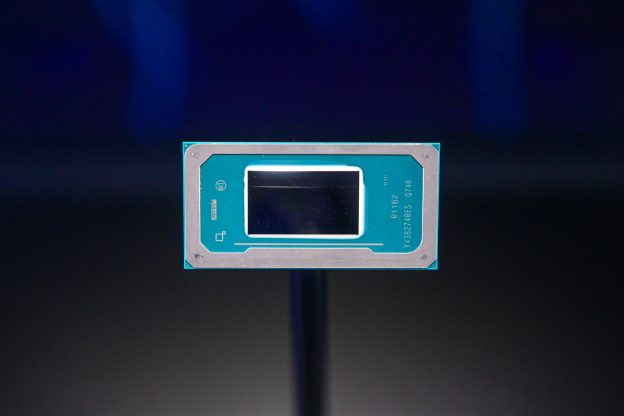Popular Keywords
- About Us
-
Research Report
Research Directory
Semiconductors
LED
Consumer Electronics
Emerging Technologies
- Selected Topics
- Membership
- Price Trends
- Press Center
- News
- Events
- Contact Us
- AI Agent
About TrendForce News
TrendForce News operates independently from our research team, curating key semiconductor and tech updates to support timely, informed decisions.
- Home
- News
[News] Intel Panther Lake Preview: Is 18A the Long-Awaited Game-Changer?

At Computex, Intel shared key highlights of its upcoming Panther Lake. Although technical details were limited, the company revealed several notable points: Panther Lake is expected to deliver power efficiency on par with Lunar Lake, feature Performance cores comparable to the current Arrow Lake H series, and include a next-generation integrated GPU architecture. Most significantly, Panther Lake will be built on Intel’s advanced 18A process. TechNews takes a closer look in the following paragraphs at whether 18A is truly worth the anticipation.
Intel 10 and Intel 7 Era Efficiency Gaps Opened the Door for AMD
During the era of Intel 10 and Intel 7, the company maintained a performance edge over TSMC’s 6nm and 5nm nodes, but significantly lagged in power efficiency. This shortfall allowed AMD’s Phoenix series—built on TSMC’s process—to steadily erode Intel’s market share in the mobile processor segment.
With the launch of Meteor Lake, built on the Intel 4 process, the AI PC era officially began, and Intel seemed ready to finally close the power efficiency gap with TSMC. However, AMD’s subsequent release of Strix Point pushed power efficiency even further ahead.
Lunar Lake Boosted by TSMC’s N3B Process
Then came Lunar Lake in Q3 2024, which appeared to propel Intel to the forefront of x86 power efficiency. Thanks to a completely redesigned architecture and power delivery system—and leveraging TSMC’s N3B process—Lunar Lake outperformed Strix Point and even surpassed Qualcomm’s Snapdragon X, long recognized for its energy efficiency.
Intel 18A: A Turning Point for Power Efficiency and Performance?
Notably, Intel claims that Panther Lake, built on its in-house 18A process, will deliver power efficiency comparable to Lunar Lake. If accurate, this would make 18A the first Intel-developed node to truly match—or even surpass—TSMC in energy efficiency, marking a significant milestone for the company.
At the same time, Intel has stated that Panther Lake, featuring Cougar Cove P-Cores, is expected to resemble Arrow Lake H’s Lion Cove Cores. This indicates that Panther Lake is not designed as a low-power chip like Lunar Lake, but rather as a mid- to high-power processor, similar to today’s 45W H-series offerings.
If Panther Lake—built on Intel’s 18A process—can achieve Lunar Lake–level efficiency while running at a higher power level, it could become the x86 processor that comes closest to matching the performance and efficiency levels of today’s leading consumer chips—Apple’s M4 family, or even the upcoming M5.
Panther Lake is expected to arrive in the second half of 2025 and scale in 2026, according to press release from Intel.
Read more
- [News] Intel’s Panther Lake Unveiled at Computex: Consumer Launch Early 2026, More Specs Revealed
- [News] Intel 18A Faces Setback as Customers Withdraw After Trial Production
(Photo credit: Intel)





